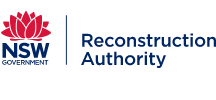
Evacuation is a critical risk mitigation to protect and preserve life in contexts where there is residual risk. This research will develop a national roadmap for evacuation modelling design and development through a series of workshops to identify research gaps and consolidate learnings to improve evacuation decisions and support tools.



